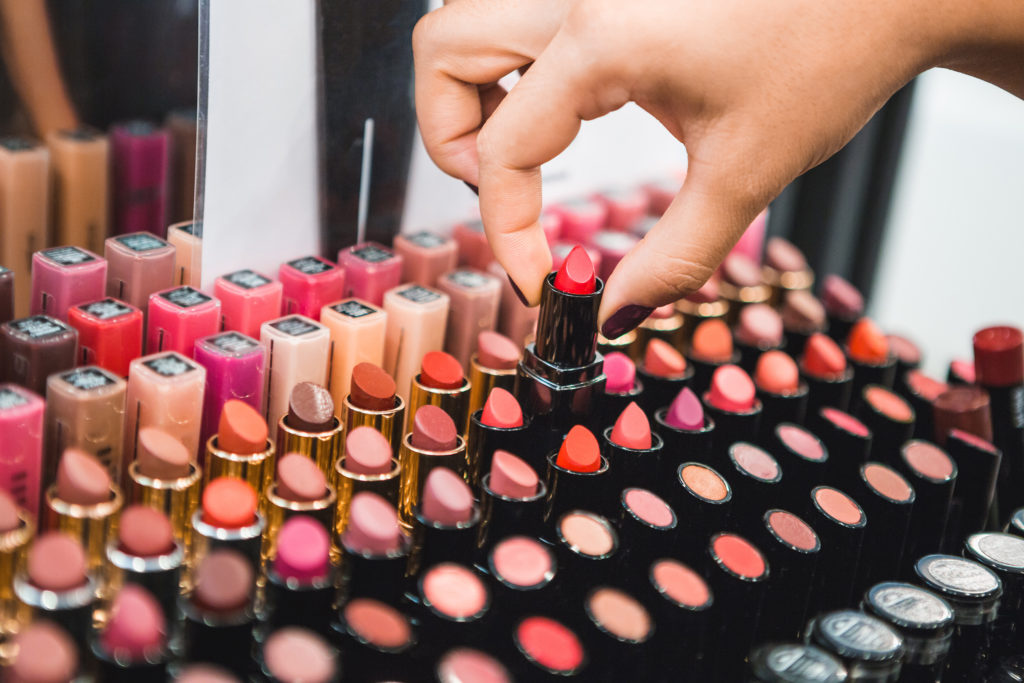Restoring the Silk Road. On May 14th and 15th, China held its first international forum devoted to the One Belt, One Road (OBOR) project, bringing together some 100 country representatives in Beijing. Launched by Chinese President Xi Jingping in late 2013, the initiative aims to revive the ancient Silk Road, a huge network of land and sea trade channels used by China to connect with Europe, the Middle East and Africa via Central and Southeast Asia. China, the second – biggest world economic power, wants to further develop commercial activities and relations between Eurasia and Africa through the construction or modernization of energy and transport infrastructure.
A Far-Reaching Project
The initiative is titanic, including within its scope more than 68 countries with 4.4 billion inhabitants and around 40% of the world’s GDP. Nearly USD 1 trillion of investment has already been pledged by development banks such as the Asian Infrastructure Investment Bank (AIIB), to finance roads, rail, energy and port projects, including a railway linking London to East China, and a string of sea ports connecting Southeast Asia to North Africa. China, for its part, made available USD 40 billion of initial capital through its “Silk Road Fund”, to which should be added a supplement of about USD 15 billion, as announced by President Xi at the Summit.
Geopolitical and Economic Risks
In addition to outlines yet to be defined and benefits yet to be determined, the initiative also presents risks. According to a report published on April, 10th 2017 by the Chinese Academy of Social Sciences (CASS) and the rating agency “China Bond Rating”, the development of OBOR could be notably influenced by geopolitical events. Indeed, disturbances linked to terrorism, corruption and independence movements along the trade corridors constitute risks for OBOR. Furthermore, the implementation of the initiative depends on the application of good governance practices in the countries where OBOR infrastructure is being constructed. CASS experts are also concerned that protectionist trends in the United States and Europe will affect other parts of the world and weaken the whole project.
In its report of January 2017, the rating agency Fitch warned of risks in the financing of OBOR projects for Chinese banks. In addition, while acknowledging that these investments will improve and modernize infrastructure in the various Asian countries involved in OBOR through China’s technical funding and expertise, Fitch had doubts about the ability of Chinese enterprises to adapt and operate in the countries concerned. To reduce these risks, Fitch advocated greater EU involvement in the initiative to reassure the international community of the business logic of OBOR projects.
Jean-Pierre Raffarin, former Prime Minister and representative of France at the OBOR Forum in Beijing, along with several other notable experts, will discuss these issues regarding the Belt and Road initiative on June 12th, 2017, from 8:30 am to 10:30 am, at the MEDEF premises (Main employers’ organization in France) in Paris.








